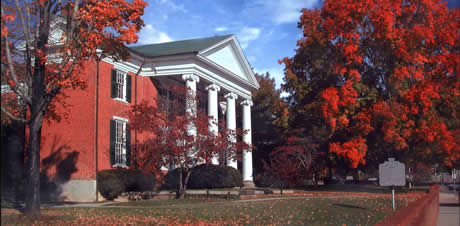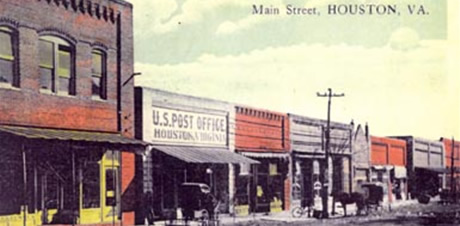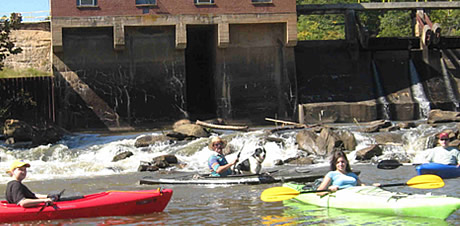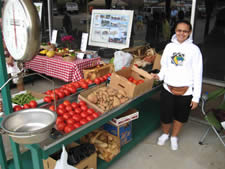Imagine walking down a misty forest path, searching for mushrooms and peeking into hollows under trees.
Now imagine you are only 3” tall: the forest floor would be a very different place. Shadows would loom larger, dew drops would shimmer like pools and the fallen top of an acorn might make a spiffy hat. Soon, you find the stepping stones that lead to a fairy-size door.
On October 1st from noon to 2 pm, Master Gardeners invite fairy garden hobbyists of all ages to an afternoon of sharing ideas about creating outdoor fairy gardens. This free education session will be held at the Southern Virginia Botanical Gardens, located in Edmund’s Park, South Boston.
The Forest Trail at SVBG, a certified woodland habitat, is a perfect spot to showcase examples of outdoor miniature gardens. In addition to tours of the Forest Trail, participants can make their own fairy doors using polymer clay and natural materials.
According to Celtic myths, fairies live in trees. Planning an outdoor fairy garden often starts at the base of a single big tree, such as a mature white oak, red maple or loblolly pine. The weathered trunk provides the backdrop for doors and windows.
The roots of most trees spread out close to the surface, so it’s important to take care when digging around the trunk. Small plants can be introduced to add interest or color. Always check each plant for hardiness and requirements for light and water. Ground covers can minimize bare spots and help retain moisture.
For yards without large trees, other objects such as rocks, fence lines or the sides of buildings can create a background for the fairy garden. Tall stalks of rosemary, a dwarf spruce, small arborvitae, cypress tree or other woody perennial do nicely to fill in as a tiny “forest.”
Plant growth in a fairy garden is usually intentionally restricted. Fertilizer is diluted and added sparingly so that vegetation stays small and within scale. Perennial plants should be pruned and ground covers trimmed at the appropriate time. It’s also important to remove the conifer dieback that happens naturally in hardy miniature evergreens. A loose mulch of dried leaves should be added in the fall to help winterize the garden.
A forest scene wouldn’t be complete without a carpet of velvety green moss. To harvest natural moss, gently dig around the edges and insert the spade under the clump, removing as much of the substrate (a layer of soil and decomposing bark) as possible. Observe whether the moss was growing in full shade or dappled light – and match this exposure when replanting. Keep moss clumps uniformly moist as they establish themselves. Never harvest mosses from another property without asking permission.
As with container fairy gardens, outdoor scenes should tell a story or follow a theme. Outdoor accessories should always match the scale of the fairy door. Any accessories left outside all year should be protected with several coats of polyurethane and UV protection. Remove small items before periods of heavy rain or snow. In all seasons, protect the garden from excessive traffic, pets and wildlife.
Fairy doors can be portals to a magic realm – leave a note and maybe your wish will be granted. Master Gardeners Carol Nelson and Andrea Burke look forward to sharing the fun of creating outdoor fairy gardens. Come make a tiny door to take home. Call the Virginia Cooperative Extension Office, (434) 476-2147 or email This email address is being protected from spambots. You need JavaScript enabled to view it. for information or to sign up.
Date: October 1, 12 noon to 2 pm Light refreshments - bring a lawn chair.
Location: The Southern Virginia Botanical Gardens at Edmunds Park, 3170 Dan River Church Road (Route 716), South Boston 24592. Take the first right, and follow the signs past the Halifax County Serenity Cancer Garden.















